There are many reasons why it is important for beaches to be clean. Beaches that are covered in litter are not ideal places for life to thrive. Our group found this from the two sites that we visited. The first was the San Leandro Marina. This beach was covered in litter, and clearly was not well-maintained. There was not even a beach, only broken concrete filling the 10-foot gap from the walking path to the water. The only life we found here were seagulls and algae. Seagulls don’t even live on the beach, so they aren’t really affected by this, and algae will grow regardless of the lack of effort in supporting the site. However, compare this to Ocean Beach. This site is well taken care of, and the multitudes of species that live there illustrate this fact. These include the Western Snowy Plover, and the topic of this blog, the Sand Crab.
When our group went out and had an awesome time researching the sand crabs at Ocean Beach, we started to wonder if there were more females in the population of more male. Our question is concerning the sex ratio between males and females. Sex ratio is defined as “The proportion of males to females in a given population, usually expressed as the number of males per 100 females.” Are females dominating males in the sand crab population?
We care about the sex ratios of an animal species because it can determine the success rate of survival for the species. Sex ratios between males and females is that the population may be decreasing if there are more males. If there are more females this means that many recruits are being born and causing the population to increase. Sand crabs are important because they are vital many beaches food web. If there are not a lot of sand crabs, many other species can be endangered.
We were able to answer our question because we spent a lot of time out monitoring the sand crabs at Ocean Beach. Monitoring is important because it provides us with information each year. This is important because, using this information, we can see trends in the population.
The data we are using starts from where people first started collecting sand crabs in 2003 until Fall 2013. We collected data in the morning one day in October and collected as many sand crabs as possible. The way we collected sand crabs was very simple and does not cause any harm to the sand crab. We use a capturing tool which is called an core. The core helps collect most of the sand crabs and allows us to use our data.
The 2011 World Sex Ratio says that there are more male humans in the world than there are females. However, is this fact the same for sand crabs? Surveys in the past years say the same.
The data from June 2012 to May 2013 show that there were more males than females. 6035 crabs were recorded, of them 2906 were female (~46%), and 2389 were male (~38%), 16% was of juveniles. This isn’t always the case though. The ratios fluctuate. However, years when there are more females than males in the population, there are more sand crabs found per attempt. This leads us to the conclusion that when there are more females to mate with, more mating occurs. This would make it seem that although males and females both play a part in the creation of juvenile sand crabs, the number of females affects the overall population more.


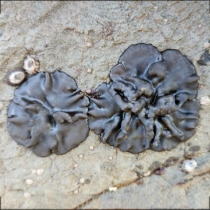
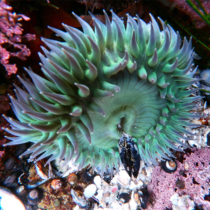


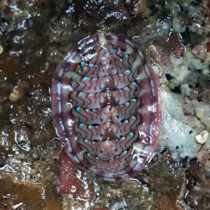


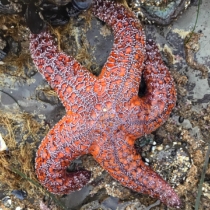
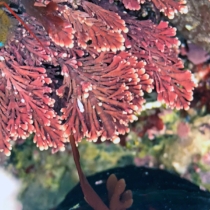
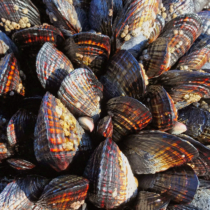
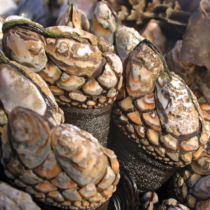
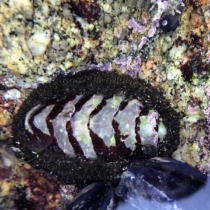

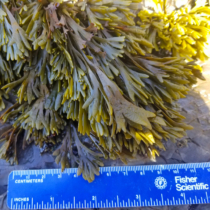
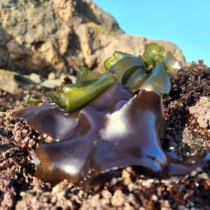
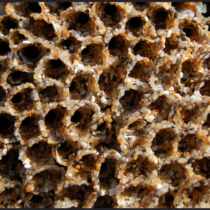
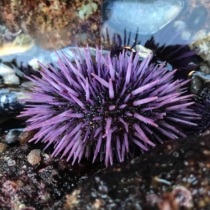

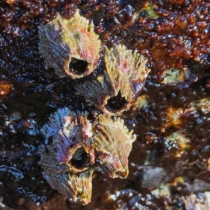
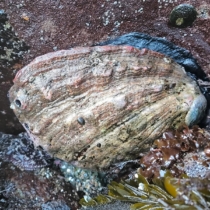
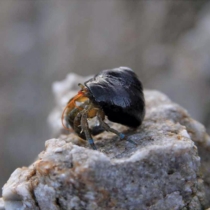
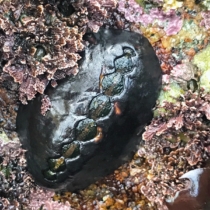
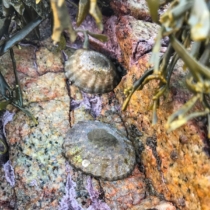
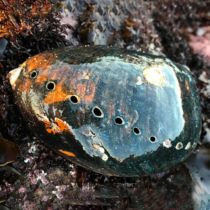
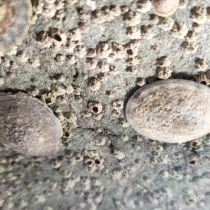
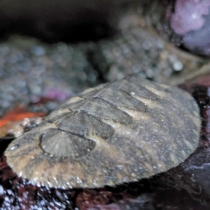



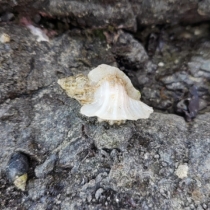
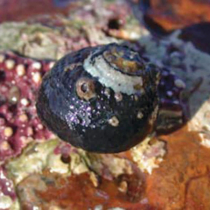
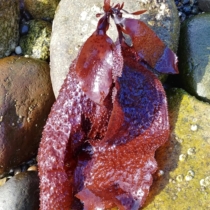
The NY Times article, SPECIES SURVIVAL LINKED TO LOPSIDED SEX RATIOS, discusses research that argues that animals may, and likely DO, adjust the ratio of their offspring under a variety of environmental conditions. This is an interesting idea. Do you think it is possible that sand crabs do this?
I wonder how much these ratios change over the course of the year and how much they change over the course of multiple years.
The importance of the male to female ratio is well explained in this blog and brought some new facts to my attention. Also, male to female ratio data is well explained with the given data, but how would the litter in the beaches as explained in the first paragraph affect these sex ratios?
-AT
Capturing title, I also like the explanation that you guys present throughout the blog. male vs. female ratio is. This leaves me questioning what the ratios will turn out to be later on in the future. Great work to all of you guys, your data has helped give me greater understanding of sand crabs.What do you predict for future sand crabs
-JH